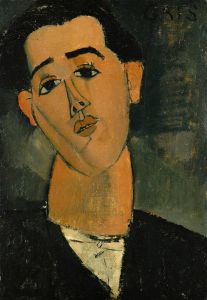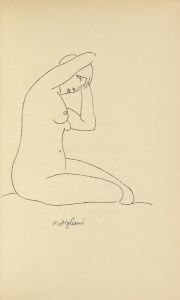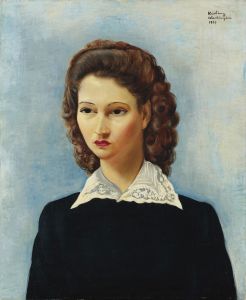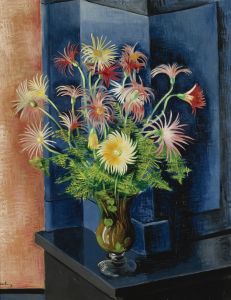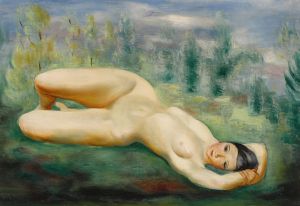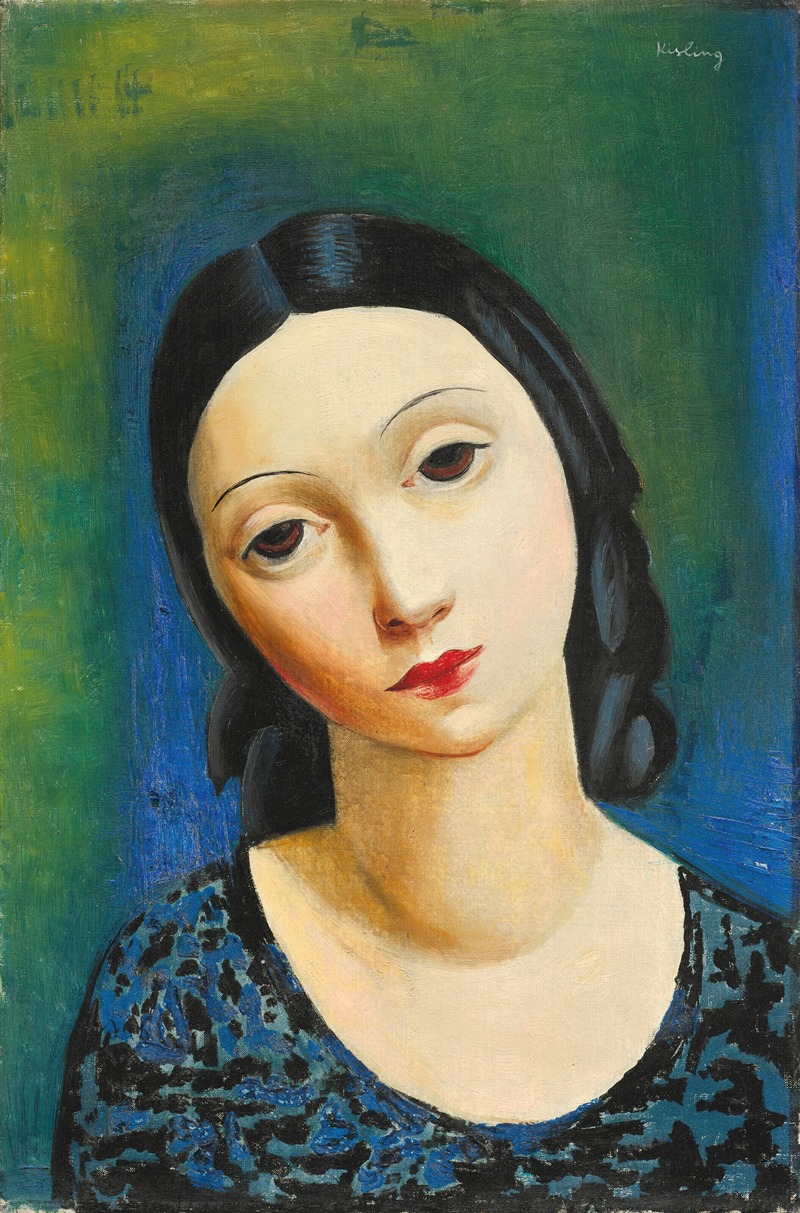
Tête de jeune fille
A hand-painted replica of Moïse Kisling’s masterpiece Tête de jeune fille, meticulously crafted by professional artists to capture the true essence of the original. Each piece is created with museum-quality canvas and rare mineral pigments, carefully painted by experienced artists with delicate brushstrokes and rich, layered colors to perfectly recreate the texture of the original artwork. Unlike machine-printed reproductions, this hand-painted version brings the painting to life, infused with the artist’s emotions and skill in every stroke. Whether for personal collection or home decoration, it instantly elevates the artistic atmosphere of any space.
Moïse Kisling, a Polish-born French painter, is renowned for his distinctive style that blends elements of modernism and traditional portraiture. One of his notable works is "Tête de jeune fille" (Head of a Young Girl), which exemplifies his skill in capturing the delicate features and expressions of his subjects. Kisling was born on January 22, 1891, in Kraków, which was then part of the Austro-Hungarian Empire. He moved to Paris in 1910, where he became an integral part of the Montparnasse art scene, mingling with other artists such as Amedeo Modigliani, Marc Chagall, and Jules Pascin.
"Tête de jeune fille" is a portrait that reflects Kisling's ability to blend realism with a subtle touch of idealism. His portraits are often characterized by their vibrant colors and the emotive expressions of the subjects, and this painting is no exception. Kisling had a unique approach to portraiture, often focusing on the eyes of his subjects, which he believed were the windows to the soul. This particular painting showcases his meticulous attention to detail and his ability to convey the inner world of the young girl through her gaze and facial expression.
Kisling's work is often associated with the School of Paris, a group of artists who were active in the French capital during the early 20th century. This group was known for its diversity and the blending of various artistic styles, which is evident in Kisling's work. His portraits, including "Tête de jeune fille," often feature a harmonious balance between form and color, creating a sense of depth and vitality.
Throughout his career, Kisling's work was exhibited in numerous galleries and exhibitions, gaining him recognition and acclaim. His ability to capture the essence of his subjects made his portraits highly sought after. Despite the challenges he faced during his lifetime, including the upheaval of World War II, Kisling continued to paint and contribute to the art world until his death on April 29, 1953, in Sanary-sur-Mer, France.
"Tête de jeune fille" remains a testament to Kisling's artistic legacy and his contribution to the world of portrait painting. His work continues to be celebrated for its emotional depth and technical proficiency, securing his place in the annals of art history. While specific details about the provenance or current location of "Tête de jeune fille" may not be widely documented, the painting itself stands as a representation of Kisling's enduring impact on the art world.





